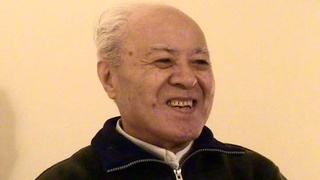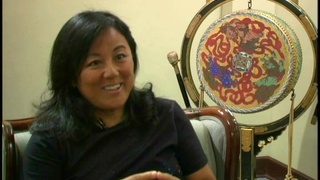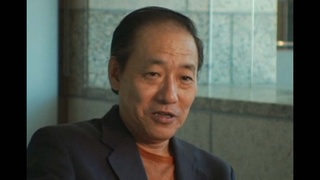Interviews
The reason to stay in Japan after his third year
Now, the reason I decided to stay after my third year is because, like you said, it was cumulative. I had been out here for a while, but there was work opportunities out here. I found that I wasn’t very attracted to the idea of going back to the States and trying to jump back into my career again. It’s easier to start something new out here. At that time, there were a lot of opportunities for foreign expats. So that was part of it. The other part of it is that I’ve grown kind of a distaste of America at this point. It had started a long time ago, even before I had left—just being in Los Angeles and seeing a lot of political hypocrisy and stuff. Having been in Japan and being able to see the first Iraq war, the first Gulf war, from an outside perspective, that just sold me on that fact that it’s not a place that I want to be anymore.
Date: September 12, 2003
Location: Tokyo, Japan
Interviewer: Art Nomura
Contributed by: Art Nomura, Finding Home.
Explore More Videos

Tango makes him to stay in Argentina (Spanish)
(1925-2014) La Plata Hochi, Journalist



Initial struggles with the language barrier (Japanese)
(b. 1917) Okinawan, Issei Argentinean

Decision to settle in Argentina after WWII (Spanish)
(b. 1929) Nisei Argentinean


Government urged Japanese Canadians to go to Japan
(b. 1928) Doctor. Former Chair of the Japanese Canadian Redress Foundation.

Appreciation of Japanese food
Sansei Japanese American living in Japan and Kendo practioner

The myth of the sacrifice of immigrants (Spanish)
(b. 1962) Peruvian Poet, Okinawan descendant


On returning to post-war Peru (Japanese)
(b. 1948) Executive Director of Amano Museum

Growing Up in Japan
(b. 1930) Half Japanese and grew up in both Japan and the United States.



